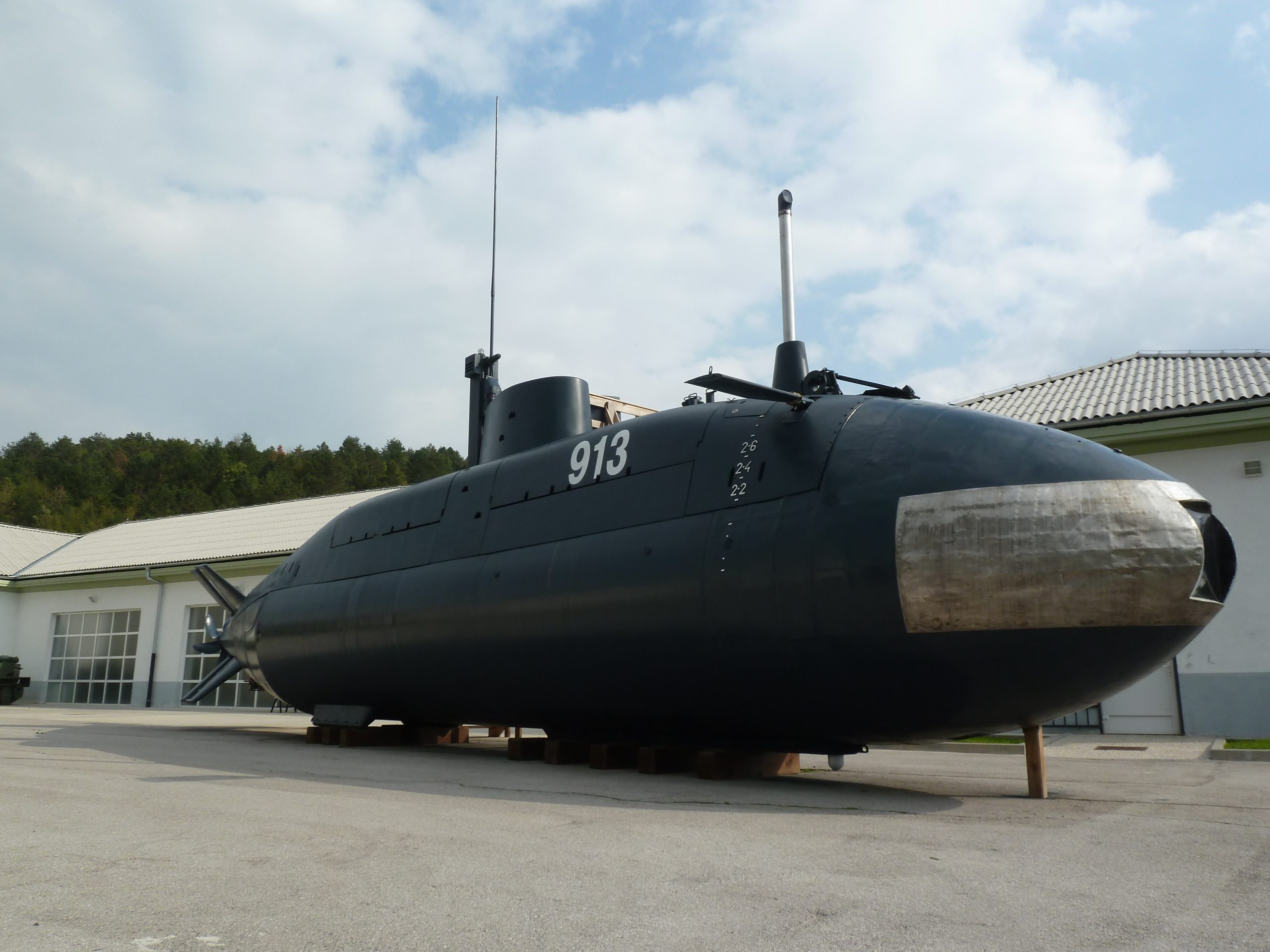
Suffren, a nuclear attack submarine that entered service in June 2022, is the first of six in its class. However, it has not yet achieved its full potential, as it is unable to deploy commandos using the 3rd generation underwater motor (PSM3G), which is enabled by the mobile deck hangar, also known as Dry Dock Shelter or DDS, located behind the tower.
This equipment, which is designed for special operations and remains highly classified, was developed by Exail (formerly ECA Group), in partnership with Commando Hubert, and can carry up to 12 combat divers. The French Navy claims that this tool has unparalleled anti-access capabilities.
“This type of vector is possessed by few nations and the PSM-DDS-SNA combination offers a global capacity. The PSM3G has revolutionary operational abilities compared to the current PSM2G,” said the French Navy.
The tests The PSM3G cannot be used by Suffren at the moment, because its deck hangar has not been qualified by the General Armament Directorate (DGA). However, this is expected to be a temporary issue. According to the latest issue of RAIDS magazine, Suffren started testing its mobile deck hangar in June. One of the main objectives of the test is to assess how much the hangar affects its performance. RAIDS states,
“The tests carried out on Suffren should allow the DDS to be commissioned. The presence of the DDS on the submarine’s deck slightly reduces its performance, by an unknown margin”.
Interestingly, it has been revealed that the PSM3G was used by the Hubert Commandos during Phase 4 of the Orion Joint and Combined Exercises, but from a surface vessel.
The U.S. Navy has recently acquired a new Dry Combat Submersible (DCS), a cutting-edge mini-submarine that allows crews to stay fully submerged during operations. The DCS was developed by Lockheed Martin, who announced in May that the submarine is now in use by the Navy.
The company has delivered two DCS units to the Navy so far, and expects to deliver a third one soon. The DCS is a modified version of the S351 Nemesis, a mini-submarine design from MSubs. Lockheed Martin and MSubs have been collaborating on the DCS project since 2016. The S351 submarine The S351 has an electric propulsion system and can travel 66 nautical miles at about five knots, dive to around 330 feet, and carry a crew of two and up to eight passengers or equivalent cargo.
The DCS has a higher operational depth than the Navy’s latest SEAL Delivery Vehicle (SDV), the Mk 11, because it has a self-contained lock-in/lock-out chamber, which provides more comfort and safety for the crew. Lockheed Martin says that the DCS offers safe and stealthy long-distance transport in a dry environment, which keeps operators ready for their mission and supports their return in the same condition.
Long-standing goal The Navy has been pursuing a DCS-like capability for a long time. After previous project cancellations and delays, the DCS mini-submarine is finally in service. However, its size restricts its launch from submerged submarines to those with Dry Deck Shelters (DDS), which are only available on Virginia-class and Ohio-class submarines. The DCS is usually transported by surface motherships, but the Navy is considering using Air Force C-17A Globemaster III cargo aircraft to expedite deployment. The Navy is planning to develop an improved DCS that can be launched from a Virginia-class submarine. It is unclear whether existing DCSs can be adapted to this configuration.





